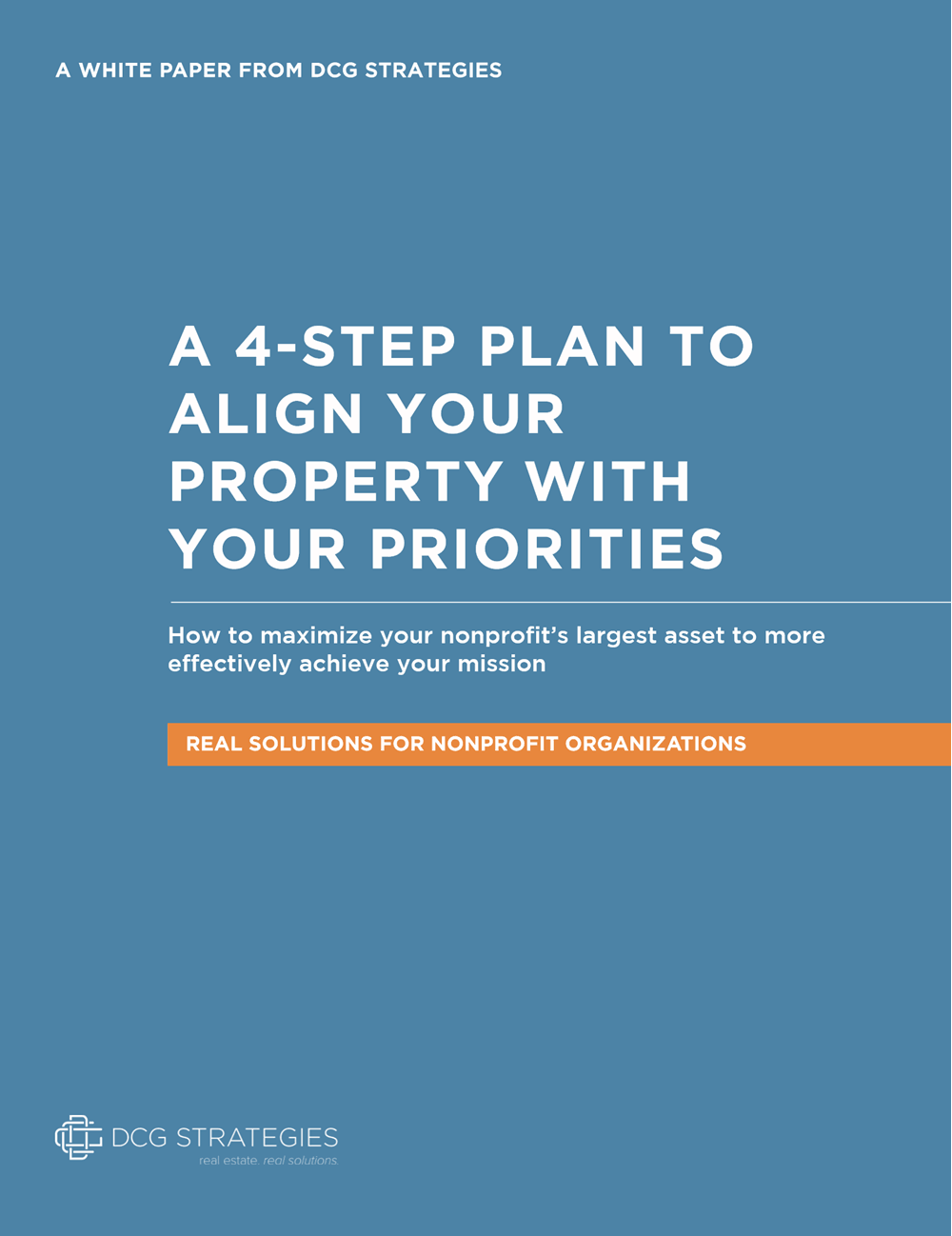Schools have a lot of options when they need space. One of them is buying and converting an old building. Credit: Flickr CC user US Department of Education
Occasionally schools have to close, leaving large, empty buildings in their wake. People have frequently found interesting ways to repurpose them, turning the old buildings into community centers, galleries, and shops.
But schools have also been converting old buildings and creating unique places of learning. In San Pedro, for example, a charter school purchased a nearly hundred-year-old, 27,900-square-foot building that, as one newspaper account pointed out, once had been a car dealership, a bakery, a bowling alley and, most recently, a church. Last year, the school completed its first successful year in the building.
The school also solved a problem for the former owner, a church that had found a suitable place to rent so they could get out of deep mortgage debt. So, this story has two happy endings, but it certainly is not the only example.
Companies, nonprofits, and churches can sometimes gain great benefits by buying and converting an existing building instead of building from the ground up. It often takes less time, the approval process is less onerous, and the building can often be bought at a discount. Schools are no exception to these benefits. In Fort Worth, Texas, for example, a charter school completed a $1.4 million renovation on a former Catholic church and finished within three months. The two buildings were converted into 28,000-square feet of learning space just in time for the 2012 school year.
Converting Old Buildings Is Not Settling
Schools aren’t settling on inferior facilities when they choose to go the conversion route. In some cases, it is hard to imagine the school designing a better fit for itself.
In the Silicon Valley, for example, a private school operator recently opened its first school in California. The school emphasizes a science, technology, math, and engineering (STEM) curriculum, which is becoming more popular around the country with the national push to train more engineers and scientists. It was looking around for a building in the heart of Silicon Valley and found a good fit: a former IBM office building. What could be more perfect?
In Atlanta, a private school with a much different focus found a different old building that was equally suitable. The school is rather nontraditional. Aside from teaching kids the basics of reading and writing, it also strives to make going to school fun. This school wanted their middle school-aged kids to be eager and happy learners. For this nontraditional school, the private operator renovated a 50,000-square foot former warehouse. According to one newspaper account, it was designed in a way that J.K. Rowling might dream up for “Harry Potter.” Each classroom has a theme, and when the lessons ends, the kids can blow off steam on slides and a two-story bungee jump.
A Baltimore Girls’ School Finds a Home
In Baltimore, the nonprofit operator of a private all-girls school repurposed a historic building in one of the city’s neighborhoods. As with many charter schools, the school and its 120 students got a frosty reception from the public school district when they shared space in its first year of existence. The school aims to provide a top-notch education to girls from poorer Baltimore neighborhoods and break down gender stereotypes at a critical age. The school’s operator found a six-story building that was originally built by two women a Century early to advance women’s rights. It housed the Greater Baltimore Young Women’s Christian Association. The school purchased the building for $1.5 million and then moved into the building after a $2.5 million restoration, which also saved a historic building in the city. With the space of a multi-storied building, the private school could expand to serve more than students. Again, the fit was remarkable.
These are just a few examples of schools converting old buildings and uncovering possibly better fits for their mission than if they’d designed buildings from the ground up. Old buildings present many opportunities for schools in California, a state that has led the way in the charter school movement. A school does not necessarily have to co-locate in a public school, where the school may not necessarily be welcome. If they approach a property search with an open mind, private and charter schools can often find good fits in old buildings. A commercial real estate consultant that is familiar with all the available options can also assist them greatly in their search.
If your school is looking for space, you don’t have to go it alone. You can get a thorough analysis of the market from a consultant whose community values align with your own. Contact DCG Real Estate today to learn more.





